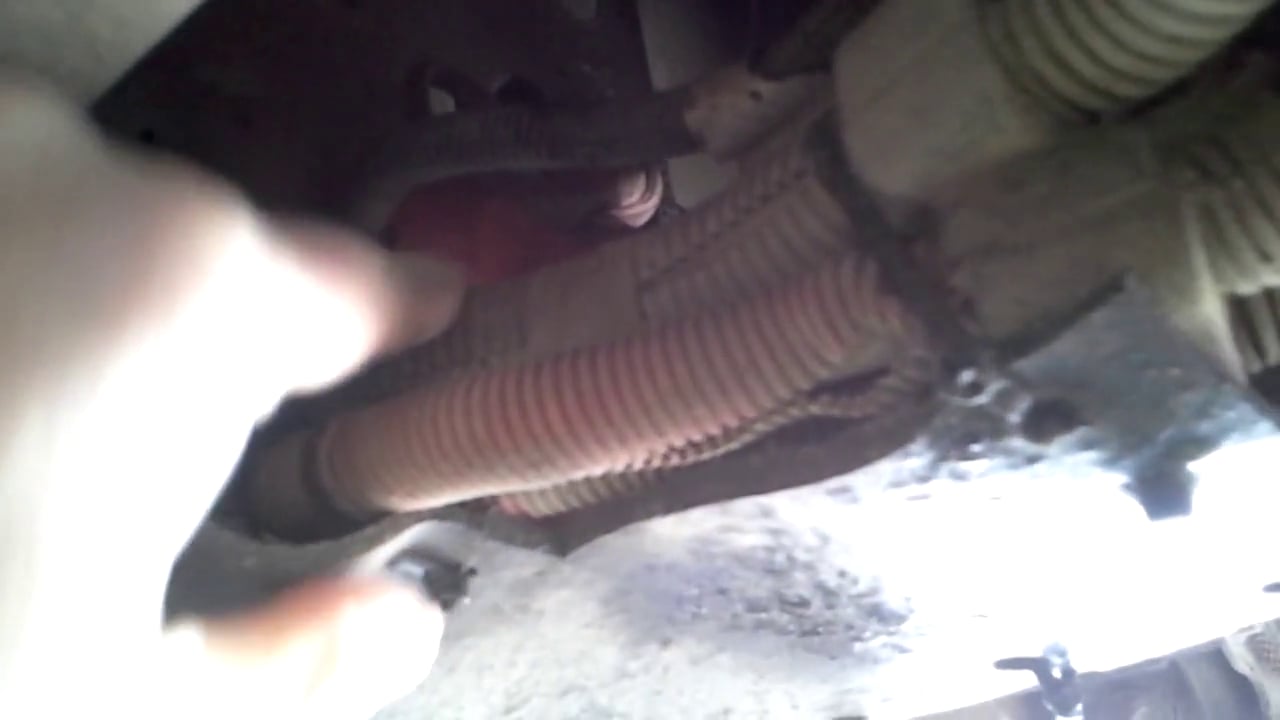Friday Afternoon School Bus Battery Voltage Problem
It’s very common for our fleet to have a Friday afternoon service call….a real mystery why this happens and can’t be explained. Between 2:30 and 3:00 pm is the most common afternoon run starting time in our fleet and I got a call from one of the out of town drivers.
There was a 2009 HDX Thomas Pusher bus that had no battery power(zero volts)anywhere except at the batteries. The batteries had voltage and were brand new so it was something beyond the source.
It was dead in the water…the first thing I try to do is walk the driver through some basic checks over the phone. There’s an ignition switch at the back of the control panel that might have been switched off by mistake..also there are a couple of main breakers attached to the rear control panel.
I also asked the driver to check the batteries for a broken cable end or something that was out of the ordinary. There are Vandalock switches at the side door and rear emergency window which will interrupt the start circuit but there is still power to everything else when the ignition is on.
The next option something was left on totally draining the batteries. However it would have been a major amperage draw to kill the batteries since the bus was operating normally during the morning run. So I had to call the tow truck and bring the bus in to our garage.
It was 9:00 pm when the tow truck got in to town so I had to open the shop to drop the dead bus. I wasn’t about to have a bus sitting out in the middle of the yard without any battery power. Once the bus is on the hook you can get the extra service and get it moved into a nice warm garage.
Starting from the source we just kept checking for a voltage drop along the way. There is a junction connection behind the battery box that connects all of the batteries together and that was the trouble spot. It had to be disassembled and cleaned up.
It was strange there was no volts at all from this connection. Usually there is a glimmer of amperage allowed to sneak by and cause the starter to just click instead of crank or the accessories will light up…… just barely in some cases.
Checking Voltage Drop
To check a circuit for resistance you can use a Voltmeter to see if there is battery power getting through to the load or taking the path of least resistance through the voltmeter. There must be a load on the circuit your checking in our case it’s the ignition on mode which has a fairly good draw on the battery supply.
Placing your voltmeter across the circuit or parallel will tell you if there is resistance by the voltage reading you get. With the load going through the wire you should not get more than .4 volts but .1 volts is the ideal reading to have.
Since voltage takes the path of least resistance a high voltage reading means the wire or connections need attention. They may be frayed or corroded and have to be repaired. In our case the main battery connections at the terminal junction had to be cleaned up.
Thanks for reading this post and I hope it enlightened you in some way. Voltage, amps and resistance work hand in hand for either good flow or bad flow of electrons to operate electrical circuits.
The ground, positive circuits and connections are an important part of the vehicle so they need to be checked and maintained. In our case it was a matter of unforseen deterioration of electrical connections.







